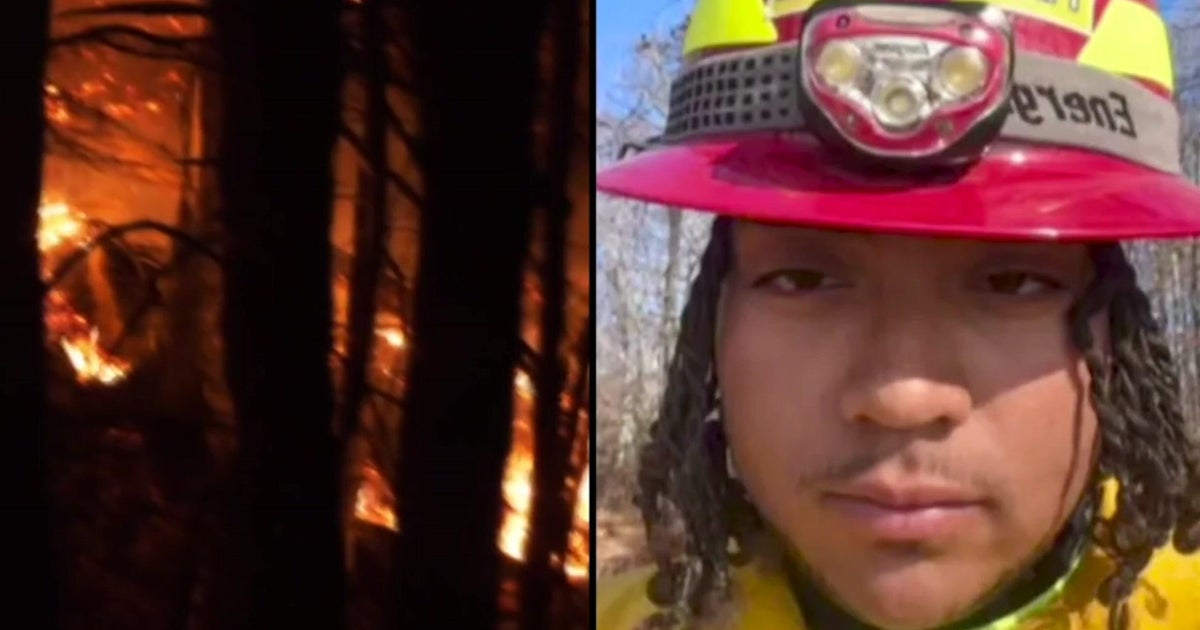City Council OKs NYU's Expansion Plan Despite Opposition From Local Residents
NEW YORK (CBSNewYork/AP) -- The City Council gave final approval Wednesday to a plan to expand New York University's footprint in Greenwich Village -- a move critics warn could change the character of a beloved neighborhood that has nurtured artistic and social movements throughout the decades.
The vote was 44-1.
Dozens of protesters were escorted out of the council's chambers before the vote on the plan, which calls for four new buildings in the area around Washington Square Park. Following objections from neighborhood residents and NYU faculty members, the proposal was reduced this month to 1.9 million square feet of new classroom space and other facilities for the more than 50,000 students at the nation's largest private university.
1010 WINS' Stan Brooks Reports
Podcast
Andrew Berman, executive director of the Greenwich Village Society for Historic Preservation, said the construction threatens to destroy what makes the area, which includes Washington Square Park, so special.
WCBS 880's Peter Haskell With More On The Story
Podcast
"The character of the neighborhood will shift from a diverse neighborhood where a variety of different kinds of people come together, to the equivalent of a company town, where a single institution controls and defines the neighborhood," he said.
But Councilwoman Margaret Chin, who represents the area, argued the reduced plan cuts the amount of planned above-ground construction by one-quarter, ensuring "that NYU's growth will occur at a sustainable pace well into the future."
"It is important for New York City and the Village that NYU has the capacity to meet its growing academic needs," she said. Supporters have argued that the school's ability to attract top students boosts the city's economy because many stay in the area after graduating.
It has been decades since many artists pursuing a bohemian lifestyle could afford to live in Greenwich Village, but the history of the neighborhood and its low-lying buildings and tree-lined streets continue to attract New Yorkers and tourists.
The area sports row houses and carriage houses dating from the 1820's to the 1850's. In the early 1920's and 1930's, the Greenwich Village Follies gave Martha Graham and Cole Porter their start. Among the artists who eventually lived or worked there were Jackson Pollock, Mark Rothko, Allen Ginsburg, Andy Warhol and Keith Haring.
It is also the site of the 1969 riots at the Stonewall Inn that helped spark the gay rights movement, a yearly outlandish Halloween Parade, the now-closed punk-rock club CBGB and the Village Vanguard jazz club, where Miles Davis, Thelonious Monk and other jazz greats performed.
On Wednesday, author and NYU professor E.L. Doctorow published an opinion piece in the Daily News that accused the university of "colonizing" the neighborhood.
"I find it hard to believe that city officials have convinced themselves that no harm and only benefit would come of this monumentalizing of the university from the ashes of the historical homes and shops and gardens and definitive neighborhood streets all the world knows as Greenwich Village," he wrote.
What are your thoughts on the expansion plan? Share them in the comments section below...
(TM and Copyright 2012 CBS Radio Inc. and its relevant subsidiaries. CBS RADIO and EYE Logo TM and Copyright 2012 CBS Broadcasting Inc. Used under license. All Rights Reserved. This material may not be published, broadcast, rewritten, or redistributed. The Associated Press contributed to this report.)



